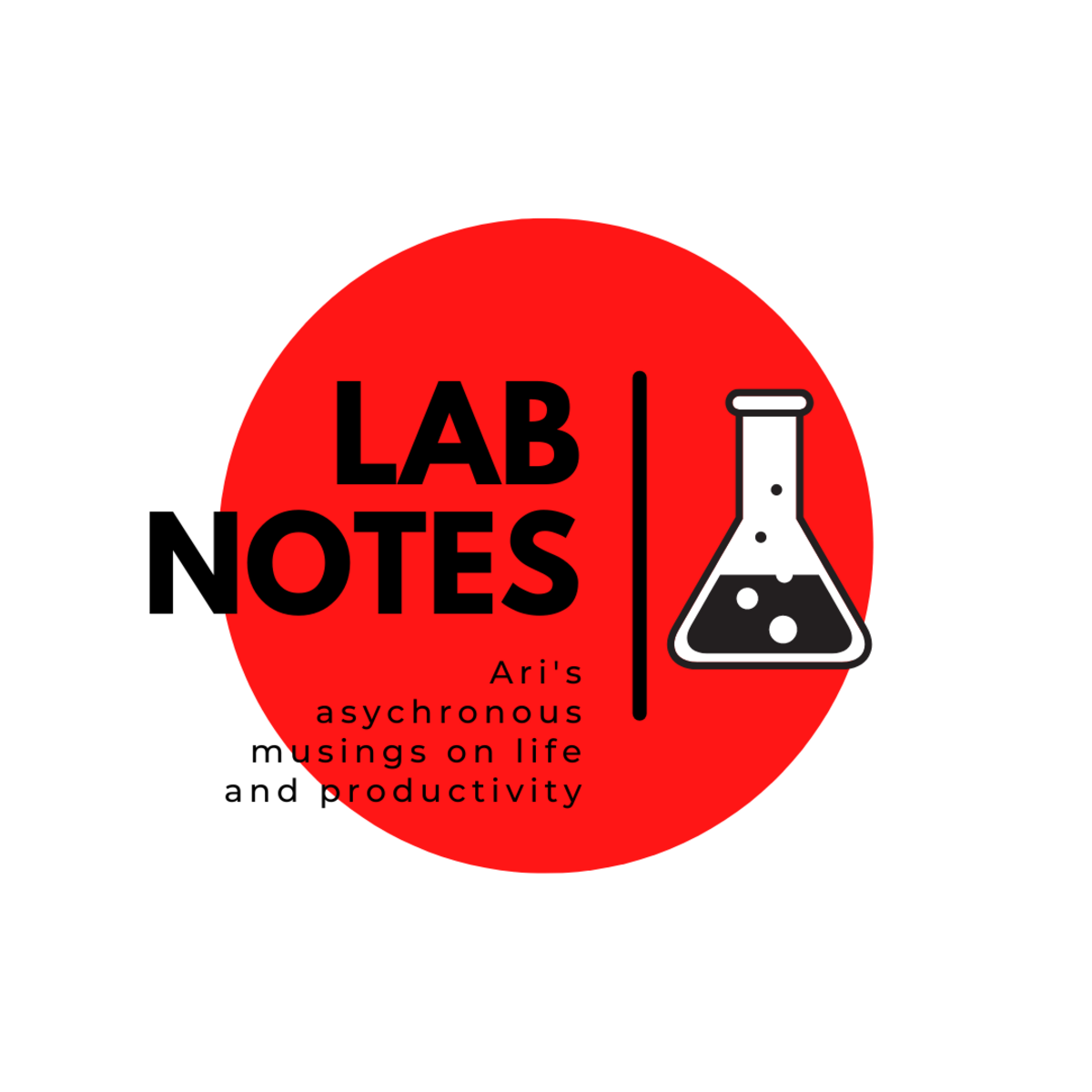There’s a concept in woodworking that I realized has really interesting applications in business. Basically, it’s the difference between referencing and measuring,
In woodworking, a reference is almost always going to be better than a measurement.
For example, let’s say I’m going to replace a door. First I would take the door out, then measure it, then the doorway. Next, I apply those measurements to the new thing that I’m going to make or buy.
Now in general, those measurements are never going to be accurate for any number of reasons. And in the end, we don’t need a door that is accurate to the millimeter unless you’re building some specialized facility. In my old Victorian house, a lot of the doorways are not square or level or true or plum. So the doorway itself is not necessarily an accurate measure.
The other problem is the measurement tools themselves. Anybody who’s ever used a tape measure knows this. It’s a flimsy piece of metal that moves around, gets bent and ultimately you’ll have to estimate because of the housing. It’s never going to be quite perfect, but usually, it’s good enough.
The process of referencing is obviously different. I mean you take the actual door, get a new piece of wood, then trace the door with a pencil and then cut that out. Totally impractical, but a reference nonetheless.
Or you could use something called a modular bar gauge. So basically it’s two rods that are opposing each other that can expand or contract. You put it in the doorway and expand the rods until they meet each side. And then you use that exact reference measurement to make your cuts. There are no measurements involved. There are no numbers. It doesn’t matter if it’s 45 inches or 72 inches and five millimeters. It doesn’t make a difference because you’ve simply made a copy, a physical copy of what is currently there.
Referencing is a preferred method for fine or complicated woodworking. Let’s say you’re making a cabinet that has three or four shelves in it. You certainly can measure each shelf to be 29 inches, but it’s better to get one shelf exactly the way you want it first, then use that as a guide to cut the other shelves.
So in our businesses, we want to use references as much as possible; in communication, delegation, and systems and processes.
I call it POS or Process Optimization System. First you template the process, then you show somebody how to do it, then they do it, and then they show it to somebody else. And then you correct it. It’s not a perfect mirror necessarily of what you were doing, but it’s a perfect template of what already exists.
If you have copywriters that work for you, do you think it’s better to tell a copywriter, “Hey, we want a piece of copy that’s between 50 and 75 words and has 60% humor, 40% serious and uses business, pivot and scale 17 times. Or is it better to say here are five examples, five references of what good copy for our business should look like. If you have uniforms, is it better to tell somebody to wear a blue polo shirt and khaki pants, or show them a picture of what it should look like?
There are many times when we might have processes that people don’t get. Maybe it was communicated incorrectly or because the process is incomplete. But sometimes it’s because we’re missing a point of reference. And everybody’s point of reference is different, if you don’t provide one.
So as you go through your processes next week, think about whether you are using references or measurements. How can you use more references? It takes time but if you spend the time creating that reference library, you will provide somebody with a tactile, concrete, sometimes literal example of what great looks like for you.




